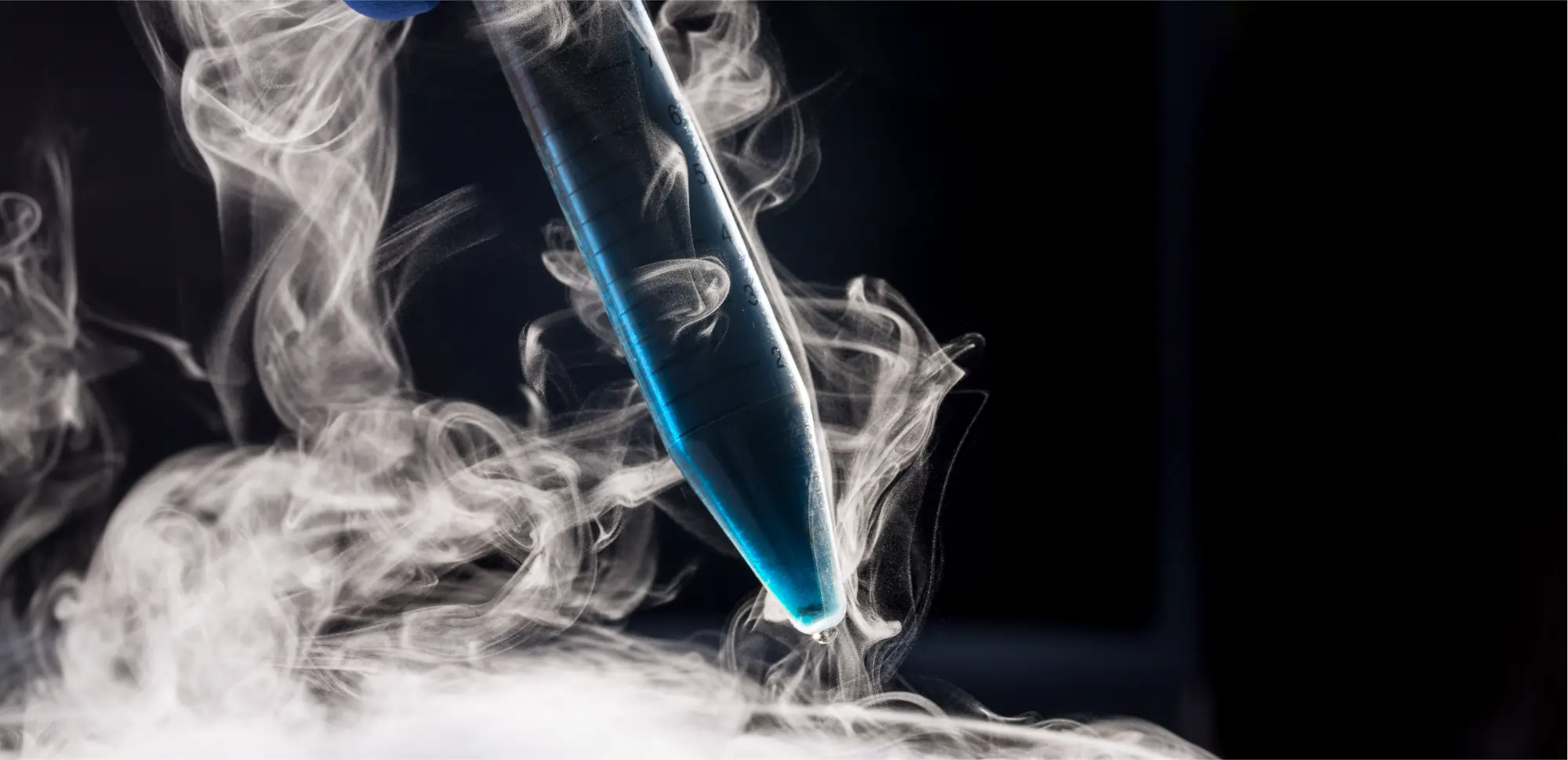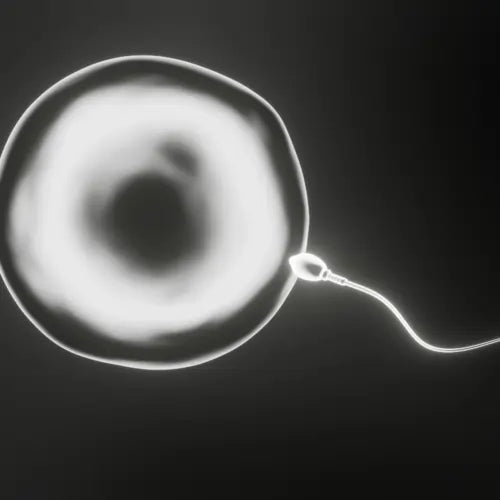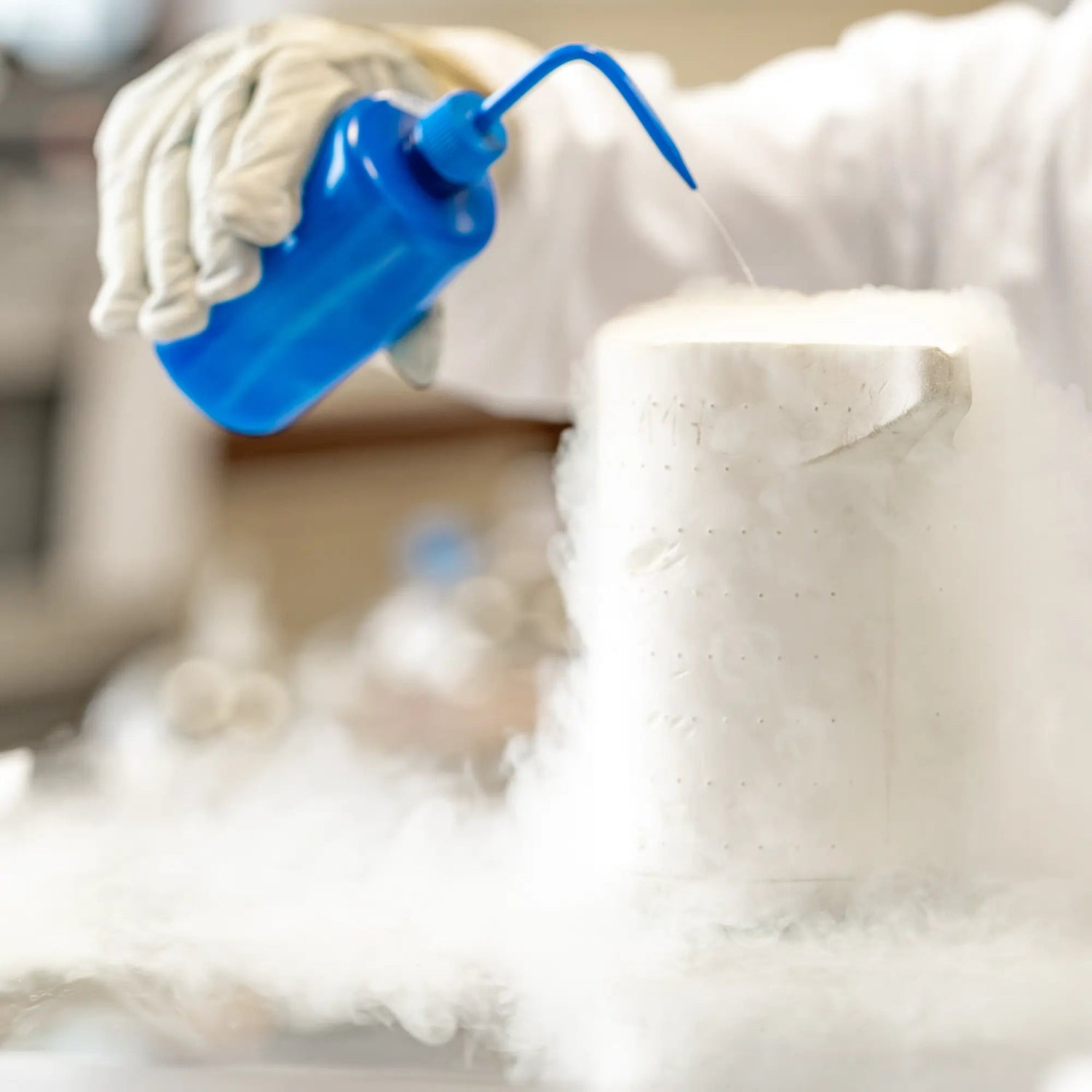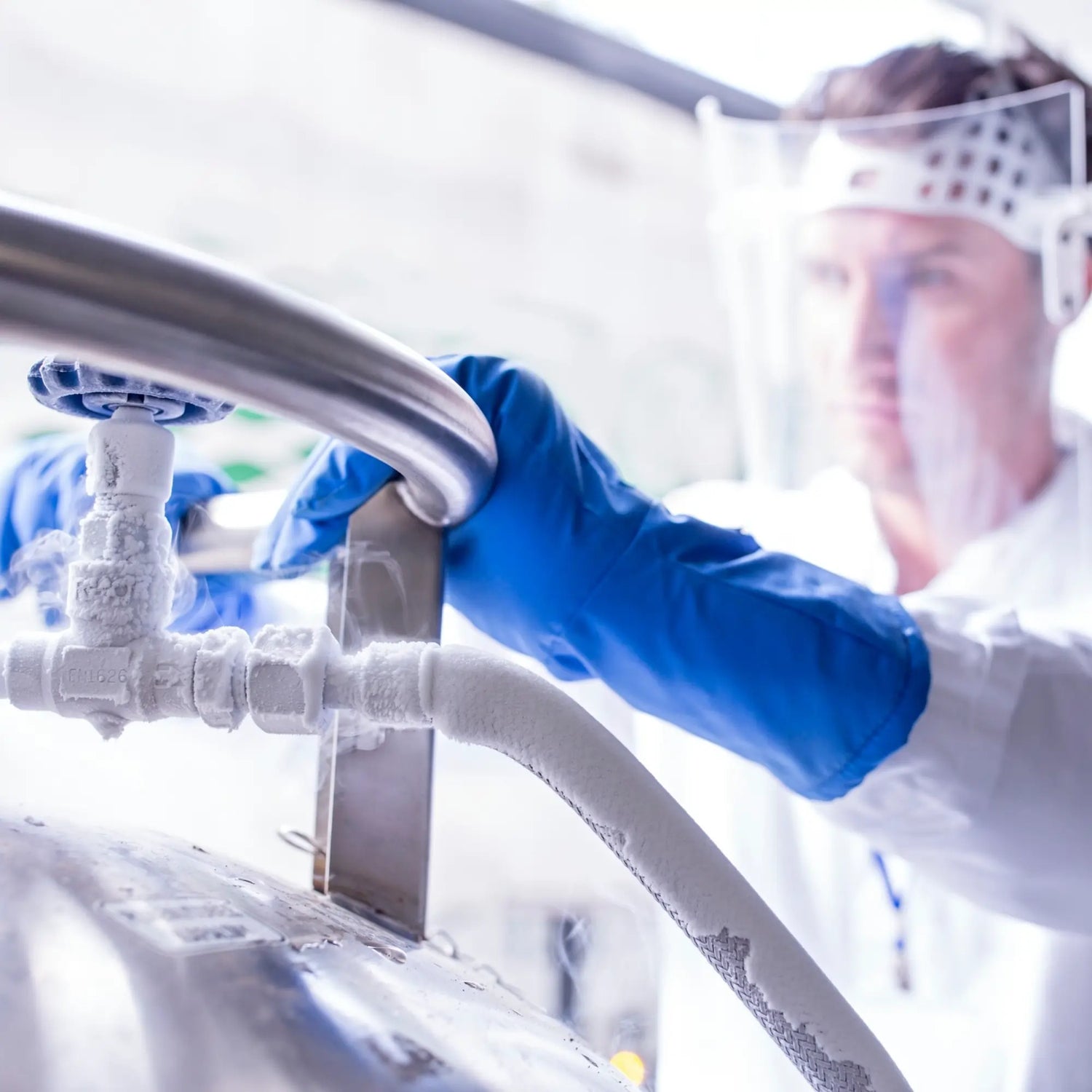
The Science of Cryopreserving Sperm from Home
Reproductive science and modern technology enables you to preserve your fertility for the future and keep your family building options available to you

The History of Freezing Sperm
Many people believe that freezing sperm is a modern technology but it's origin dates back to 1776 when an Italian priest realized that snow slowed the movement of sperm and then the movement increased again once it was warmed. Between 1938 and 1945, numerous scientists noted that sperm could survive freezing but they could not successfully fertilize an egg. In 1949, a method was developed to use a preservative known as glycerol to protect semen during the freezing process. Dr Jerome K Sherman, an American pioneer in sperm freezing, refined this process in 1949 and this research led to the first successful pregnancy with insemination in 1953. By 1963, biologists had made significant progress in sperm cryopreservation by using liquid nitrogen to preserve sperm. The first sperm banks in the world were set up in Iowa and Tokyo in 1964. Over the years, scientists have further refined the cryopreservation process. In 2002, CryoChoice launched the first at-home collection kit and we've been proudly helping families ever since.

How Cryopreservation Works
Cryopreservation is the process of freezing biological materials at extremely low temperatures to preserve them for future use. In the context of sperm, cryopreservation involves cooling and storing semen samples at temperatures well below freezing (-196°C), halting biological processes and preserving sperm viability for an extended period. Research has shown that you can cryogenically freeze sperm indefinitely and still have successful inseminations.

The Science Behind Success
Behind every successful cryopreservation lies meticulous laboratory techniques and cutting-edge technology. Skilled professionals carefully handle and process sperm samples, utilizing specialized cryoprotectants to shield cells from damage during freezing and thawing. Quality control measures ensure optimal sample integrity, maximizing the chances of successful insemination when needed.

How Does Sperm Collection at Home Differ Than a Clinic?
Research has shown that collection of sperm at home does not negatively affect the quality of the sperm for future use. In fact, the research linked above showed that due to folks being more comfortable at home during their collection, the sperm had a higher concentration and motility than sperm collected at a clinic.
Explore the Possibilities of Preservation
Take control of your reproductive health and secure your future with the science of cryopreservation.
FREQUENTLY ASKED QUESTIONS
HOW IT WORKS
How much sperm should I store?
The easiest answer is that the more sperm you store, the more likely you will conceive. Each IVF round usually needs about 3 vials of sperm for a successful insemination. Our most common order is two kits so that you can store at least two collections.
When is the fastest that I can get a collection kit?
We can offer kits next day Monday - Friday and they can be sent in to our lab Monday - Thursdays.
How long can my sperm be stored?
At this time, scientists believe sperm cryogenically stored doesn't have an expiration. Successful inseminations have been made with sperm 30 years old.